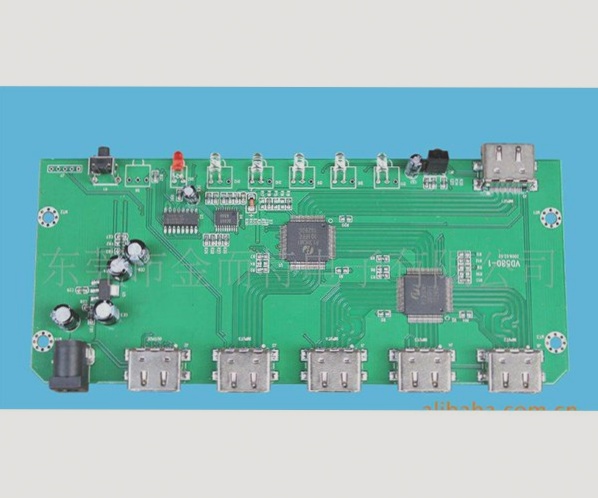PCB Transportation and Storage Guidelines
-
Use Proper Transportation Methods
After PCB processing and prototyping, ensure that transportation equipment is in good condition to prevent damage to semi-finished products.
-
Inspect Tools and Storage Areas
Prior to use, clean transportation equipment, storage containers, and workstations to avoid friction damage to PCBs.
-
Clearly Label Containers
Label PCB containers and transport carts clearly to prevent misplacement or mixing of items.
-
Avoid Stacking Directly
When storing PCBs, avoid direct stacking to prevent friction damage to components.
-
Follow Loading Protocols
During transportation, loading, and unloading, handle PCBs safely and avoid rough handling.

-
Secure Stacked Items
Ensure proper stacking to prevent accidental falls of PCBA during transportation.
-
Check Road Conditions
Inspect road surfaces to avoid friction damage caused by vehicle bumps during transportation.
-
Follow Transfer Protocols
Use conveyor belts or manual handling for board card transfer to prevent damage to semi-finished products.
-
Protect from Dust
Shield stored PCBs from dust and falling debris in the turnover area.
-
Ensure Proper Stacking
Adhere to stacking guidelines for stability and weight distribution to prevent isolated single stacks.
-
Avoid Impact
Be cautious of pedestrians and vehicles to prevent accidental collisions that could damage products.
-
Prevent Squeezing
Separate PCB boards with dividers to avoid squeezing and damage.
-
Choose Suitable Workbench
Select appropriate containers for easy access to large quantities of PCBs.
-
Handle Exceptions Carefully
In case of tool malfunction, prioritize safety, isolate the issue, and report it promptly.





